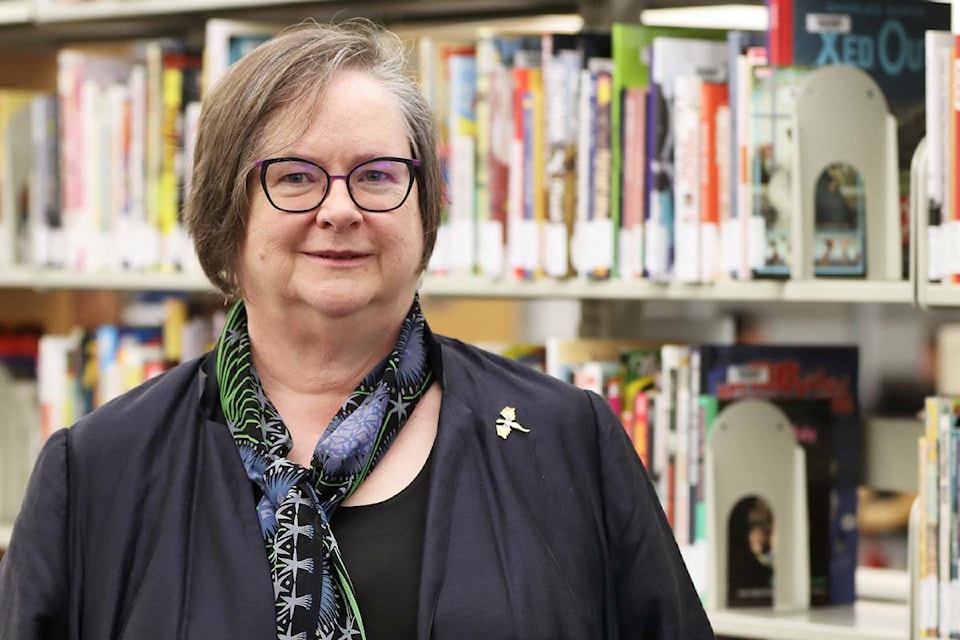Vancouver Island University’s expansive collection of nearly 1,000 donated comics will continue to grow.
As it stands, the collection is already one of the largest found at any Canadian university. Donor Marni Stanley, former dean of VIU’s arts and humanities faculty, said the library can expect approximately 300-400 more from her personal collection before the end of the year. And likely even more after that, as she refers to it as a living collection.
The former dean said it’s rare for a university library to have any comic collection at all, even though more academic study is being done in comics.
“There’s a lot of insight into the human condition that is made visual,” she said. “And I think it’s useful to a lot of disciplines. It’s useful to creative writing, visual art, the English department, health sciences, philosophy, even engineering.”
Stanley’s motive to donate her literary endowment was to simply make the books, and the broad perspectives they offer, accessible to students.
Since many of the books she gave were good quality, they would be priced higher on the market as they’re printed on quality paper with colour and hardcover, putting the books financially out of reach for many students. Her literary tastes can also be difficult to find in Nanaimo or on the Island, she said. Even inter-library loans from other universities can be tricky since collections elsewhere tend to be specialized.
Stanley’s donation probably exceeds what most people expect from comic books, specifically because it doesn’t include DC or Marvel comics.
“There’s a lot of people who just underestimate them, and I hope if people browse through them, they’ll see how rich the world is,” she said. “Some of the students may have only read Peanuts or something like that … And many may have parents who don’t approve of them and think of them as a lesser form of literary. So they have a tendency to not be aware of the sophistication, the range of stories, the range of lives, that are available.”
Stanley has taught English and studies in women and gender at VIU, researched and published on comic books and other forms of sequential art, and sought out indie comics, autobiographies, graphic journalism, and work by female and LGBTQ authors from all over the world. She has also hunted down works not originally published in English, or expressions of persecuted peoples.
“The range of artists and the skills they bring and the creativity and way they approach, especially those that are dealing with difficult subjects, the way they approach how to represent that is really interesting,” Stanley said.
Comics can also rob explicit situations of their power by presenting them as detailed and anatomical illustrations. Such as how Phoebe Gloeckner did in Diary of a Teenage Girl, Stanley said.
“Her skill as a science illustrator comes into her comics in some surprising and interesting ways,” Stanley said, referring to a depiction of a teenage girl being sexually exploited by an older man in which the act is drawn in a style better suited for a medical textbook than comic book. “It’s drawn as a conventional comic and then you turn the page and you get this full-on cross-section in the middle of the book … it ‘de-eroticizes’ it so that somebody can’t buy it and treat it as porn and exploit the whole issue further because she makes it ‘unsexy’ by doing that.”
Stanley commends VIU’s librarians for accepting her sizeable donation and shouldering a heavy task since comics are not often viewed as traditional academic works and will require original cataloguing.
“I’m hoping that some of the people in the community that read other albums might also choose to donate and grow the collection beyond more than just my taste,” she said.
READ MORE: Gabriola artist tackles trauma of childhood sexual abuse in graphic novel
